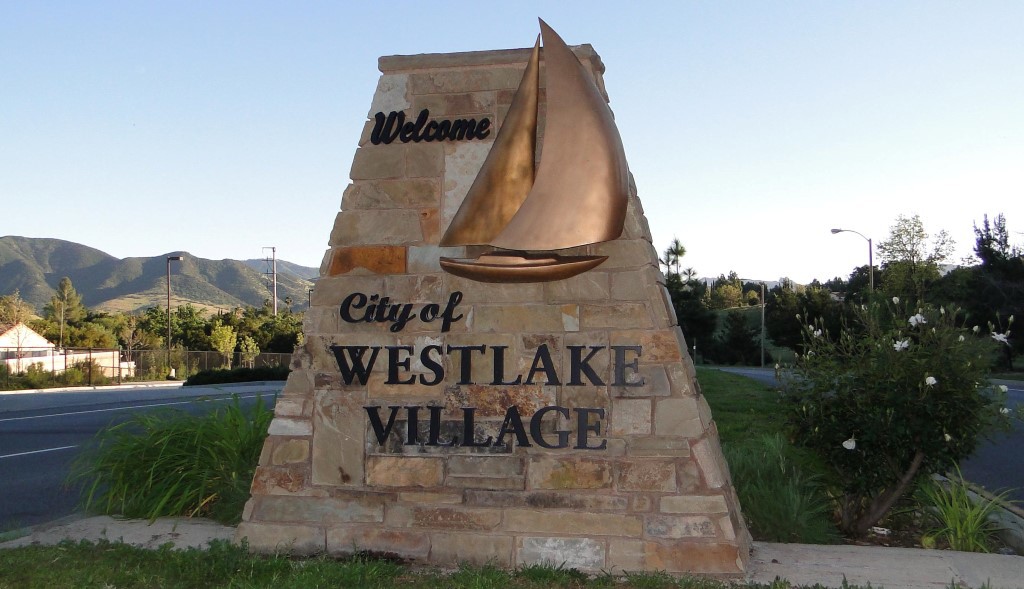People move to Westlake Village for the lifestyle and the sense of comfort that comes with it. It’s safe, mellow, and characteristically laid back in nature. There’s a carefree energy that comes with good weather, no traffic, and easy access to the best restaurants & shopping centers in the area.
It doesn’t hurt that Westlake Village also looks the part. The charm of older architecture is a detail many find appealing – homes built in the 60s and 70s tend to be less cookie-cutter and land was cheaper back then so you’ll usually find a bigger lot too.
However, there are also some potential downsides that you should be aware of before deciding where you’d like to live. Building codes and materials change over time. Most, if not all of these issues are fixable. But it’s important to understand that when you’re comparing a similarly priced home built in the 90s to a home built in the 70s, the older home may have some hidden costs that you’d need to factor into your decision.
When you’re comparing a similarly priced home built in the 90s to a home built in the 70s, the older home may have more hidden costs
Disclaimer – This is based on information I received from numerous inspections over the years. I suggest you “do your own research”.
Asbestos
Asbestos is typically found in the acoustic (popcorn) ceiling, around the outside of the ventilation ducts (not where the air blows), and can also be found in the drywall. There may be other spots too, but these are the most common. Asbestos was phased out in the 80s and many homes have gone through the process of eliminating the asbestos, but home buyers often won’t know the extent of the remediation. Home inspectors say that as long as the asbestos is not disturbed, it poses no risk. Online research says the same. However, you’ll have to decide if it’s worth the potential risk for you and your family. You can read more about asbestos here.
Aluminum Wiring
Many of these neighborhoods were built during the Vietnam War. At the time, there was a copper shortage, so aluminum wiring was used instead. The wiring itself isn’t a problem; aluminum conducts electricity safely. The trouble is at the connections. The U.S. Consumer Product Safety Commission (CPSC) reports that homes with aluminum wiring are 55 times more likely to have “fire hazard conditions” than homes wired with copper. The issue can be remedied without rewiring the entire house. But it can cost a couple thousand dollars or more. Most homes have gone through this process, but at least a couple times a year, I’ll come across a house that hasn’t fixed the problem.
Electrical Panel
Over time, electrical panels start to deteriorate and need upgrading. Especially if you want to be able to charge your car. And some panels have been recalled for safety reasons, but many sellers have no idea until it gets inspected. Upgrading the panel can cost $2k or so. Most sellers would never consider upgrading a panel for the next buyer so it’s up to the buyer if needed.
Heating and Air Conditioning
Most HVAC systems last about 20-25 years. But there are many variables that go into its lifespan – how good was the unit to begin with, how often was it used, and was it regularly serviced. Being that many of these homes are about 50 years old, it’s probably been replaced at least once. But many are ready for a 3rd upgrade. HVAC systems can easily run 10-15k+. If the unit is working, the seller is not going to buy you a new one. Factor that into your costs if it looks like it’s on borrowed time.
Roofs
A roof will typically last about 20-30 years depending on the original quality of the materials. Homes of this age have all been replaced at least once (most were originally wood shingle), but it’s probably time for a new roof if the seller hasn’t already replaced it. Roofs are another big expense – $20k+. If the roof is shot and beyond repair, the best you can hope for is the seller contributing a portion towards the cost. From the seller’s standpoint, the buyer will be the one using it for the next 30 years, not the current owner. I always shoot for a 50/50 split and often get it, but in a hot market, don’t be surprised if a seller only makes a small contribution or none at all.
Windows
Fortunately we don’t see the old aluminum windows that much anymore, but occasionally we do. However many homeowners replaced the original aluminum windows decades ago and it may be time for another upgrade. Windows can be a very big expense.
Older Pipes
The old galvanized pipes are pretty much all gone and replaced with copper. However, the plumbing systems are just older and with that will often be varying levels of water pressure throughout the house. For instance, in a newer house, you won’t notice someone flushing the toilet if you’re taking a shower, but in an older house, you may.
Sewer Lines
It’s become standard practice for buyers to have the sewer line inspected during escrow. This inspection uses a camera on a snake line to check the sewer lines in the front of the house. Basically it’s checking to make sure there’s no root intrusion into the sewer lines and that it’s properly connected to the street with the latest piping material. Many of the older homes have older sewer lines (even clay in some cases) that will eventually need to be replaced. That can run about $5k or so. Sometimes sellers will help pay for it, but if it’s not an immediate problem, the buyer would assume that future expense.
Pools & Spas
Many of the pools/spas were installed back in the 70s. Safety codes have changed and the pool/spa may not be up to date with the latest safety standards. Often these older standards are grandfathered in and the seller isn’t required to bring it up to current code. Yes, we still see diving boards sometimes! Don’t expect a seller to bring a pool up to the latest codes. It would be up to the buyer if they choose to do so.
Bottom line…
Hopefully I haven’t scared you away from considering a Westlake Village home! Westlake Village is the most sought after town in the Conejo Valley and justifiably so. It’s a great place to live.
It’s unlikely that you will find more than 2 or 3 of these issues in any given home, although I do occasionally come across homes with several of these issues. When deciding where you want to live, it’s important to consider your comfort level with these potential issues before you spend thousands on inspections and end up deciding to look elsewhere.






